Amazon Brand Registry Made Easy: Everything You Need to Know
With millions of sellers on Amazon, protecting your brand has never been more important. Counterfeit
Have you ever wondered how to make the most of every sale you make on Shopify and eBay? Cross-selling and upselling are two techniques that can help you do just that!
When we talk about Cross-selling, we need to understand that it involves suggesting additional complementary products to your customers. The products enhance the overall experience of what someone’s already buying. When we say Upselling, it involves presenting customers with a higher-end or premium version of the product they’re already interested in.
The benefit? You can significantly increase your average order value per customer by incorporating cross-selling and upselling into your sales strategy. This blog will dive into cross-selling and upselling. You’ll learn to use these powerful tactics to increase your average order value.
When we talk about Upselling, it becomes essential that you understand what it is first. Upselling means offering consumers a pricier, enhanced variant of the item they’re interested in purchasing. In layman’s terms, upselling is offering a better product to your buyer at a slightly higher price. The goal is to persuade clients to shell out more money and increase their average order value.
You can upsell a product in several ways. We’ll share a few of those methods here. When planning to upsell a product, you can work best by suggesting an updated model for physical products. Or you can offer a deal on a premium variant. In terms of SaaS or digital products, you should offer added features and high-value subscription plans as an upselling suggestion.
The secret to your success will always be making your buyer feel they are getting value for their money. The idea you want to impart is the buyer is getting a great deal if they decide to upgrade their selection. You just need to make sure that you do it in an engaging and non-intrusive manner.
It’s easier to understand things when we have a working example, and that’s precisely what we have here for you. Consider the case where you shop on an e-commerce site for new shoes and find a pair you like. They’re on sale for $50, a great deal, but the site also has an upselling offer for you.
The upselling offer might look like this: “Upgrade to a softer insole and better support for $10 more or get a limited edition autographed sneaker for $20 more.” You might also see descriptions that add value to the special edition sneakers. Something that reads – “made with high-quality materials, has better support, and comes with a two-year warranty.”
Now, this upselling offer might seem like a no-brainer for some people. After all, for $10, you get a better sole and comfort. While for $20 more, you’re getting an autographed limited edition, a premium quality product with two years warranty and added benefits. It makes the added $20 deal much better than all three.
The benefit of upselling is that it doesn’t have to be a one-size-fits-all approach. The second option will be chosen by some, the third by others, and many will stick with their first product selection. However, by providing the upsell, you’ve given the buyer the option to upgrade and acquire a better item. Additionally, if they agree to your offer, you’ve just raised the average order value’s worth, benefiting you and the client.
Now that we have covered upselling, it’s time you learn, What cross-selling is? So, let’s get into it. Cross-selling is a sales technique that is similar to upselling. It involves accessorizing or providing complementary products to customers while shopping. So, in simple terms, cross-selling helps you increase the value of a customer’s purchase. You offer them additional products that complement and enhance the significance of their buying.
Cross-selling can be done in various ways. Suggesting related products on your product page, offering product bundles, or adding complementary products during the checkout process are a few examples. The key is to make the customer aware of additional products that can enhance their user experience with their selection of purchases.
The main idea behind cross-selling is to assist customers in finding the best products that enhance their shopping experience.
As we explained upselling with an example earlier, we’ll explain cross-selling here. Let’s consider a client who comes to your shop for a new PS5 gaming console on your Shopify store. He adds it to his cart and heads to the checkout page. When he does that, your store suggests a few products your client might also like.
These related products suggestion might look like this: “Customers who bought the PS5 also bought a gaming headset, a game controller, and a gaming chair. Would you like to add any of these items to your order?”
Above is a perfect example of cross-selling in action. You suggest related products to enhance the gaming experience in the given scenario. It complements the PS5 gaming console your buyer is already purchasing.
For some gamers, this cross-selling offer might be just what they need. As a result of being reminded, they realize they need a gaming headset or game controller. The realization will increase their order value and ultimately result in an increased order value for you. So, now they add them to their order, increasing the value of their purchase. At the same time, others might not need the additional items and simply continue with their original purchase.
You’ve already learned that offering customers complementary goods or services is cross-selling. In comparison, upselling presents them with a more expensive or enhanced version of the item they purchase. You can experience huge profits if you use these tactics successfully and know the differences. So, here is a list of differentiating pointers to make Cross-selling vs. Upselling easier to understand.
In conclusion, cross-selling entails increasing the average order value through suggestions of related products. In contrast, upselling helps increase the Average Order Value by providing a more expensive version.
As a seller on eBay, it’s essential to focus on selling your products and find ways to increase your revenue through upselling and cross-selling. Here are 7 proven tips to help you with your eBay sales strategies to boost your revenue.
If you’re an e-commerce seller, you know that listing products on multiple platforms can quickly turn into a juggling act. But what if we told you that the solution to all your listing woes is just a click away? Welcome to the world of Integration solutions!
The integration applications simplify eBay’s listing process and make it easier than ever to take your sales to the next level. With the Shopify eBay integration as your trusty sidekick, you’ll be able to effortlessly list your products on eBay and sit back as the orders roll in. So, why waste precious time and energy on the manual listing? Sell on both platforms and enjoy improved overall sales with eBay and Shopify.
And if you’re looking for a streamlined experience, look no further than Cedcommerce eBay Integration for Shopify. This integration takes the process of Shopify eBay integration to the next level. It offers a range of features and tools to help you easily manage your eBay store. From bulk product uploads to automated order fulfillment, Cedcommerce has got you covered.
With Cedcommerce’s eBay integration, you’ll be able to spend less time on administrative tasks and more time growing your business.
We learned that cross-selling and upselling are powerful tactics for increasing sales and customer satisfaction. The key is understanding the difference between the two and using them in the right situations. Cross-selling is about offering complementary products or services to customers. While upselling is about providing a higher-end or upgraded version of what they’re already buying.
You can deploy both techniques and yield excellent results when used appropriately, so feel free to get creative and test what works best for your business. Just remember, the ultimate goal is to provide value to your customer. So, always keep their needs and interests in mind.

With millions of sellers on Amazon, protecting your brand has never been more important. Counterfeit
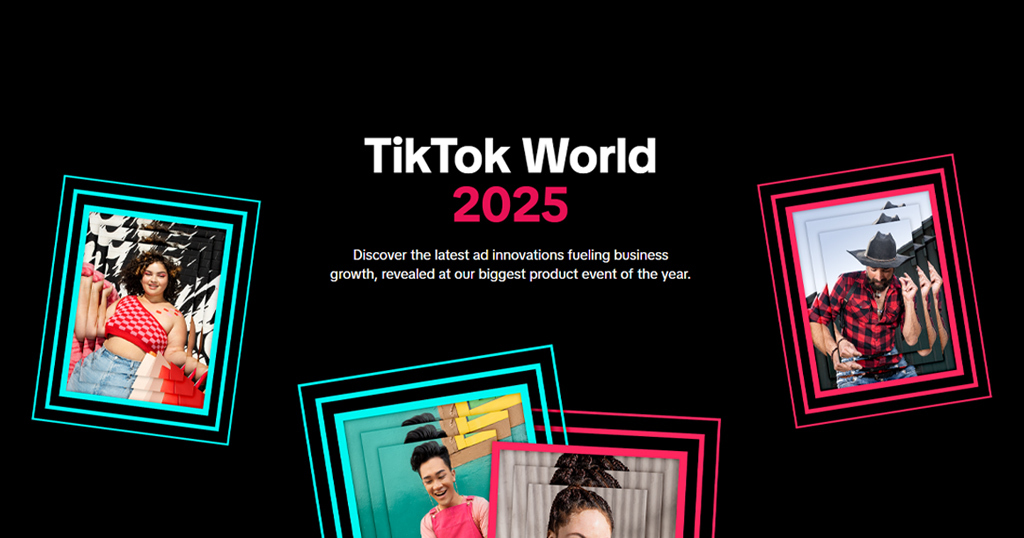
TikTok isn’t just setting trends anymore — it’s rewriting the playbook for performance marketing, creative

In a significant development for online retailers, Walmart has officially updated its policies to permit
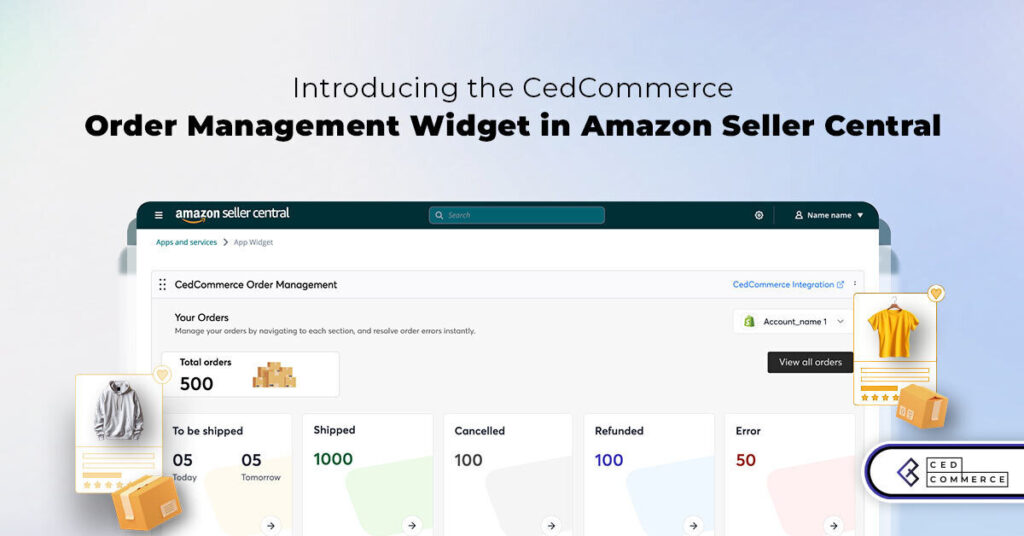
Are you encountering issues with Amazon order management across various sales channels? If so, everyday

A Deep Dive into Selling Smart on TikTok Shop UK, TikTok Shop US, and TikTok
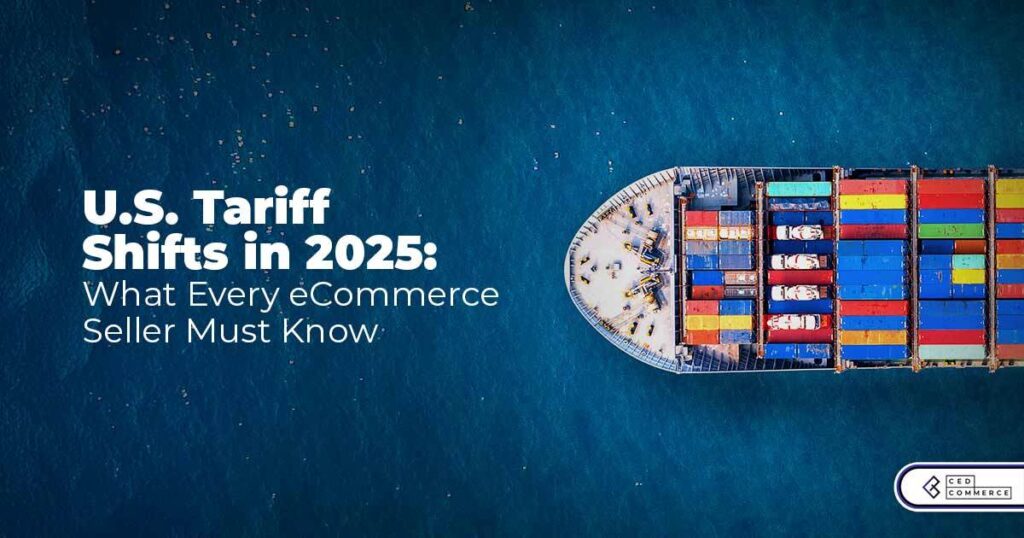
In a world where cross-border commerce fuels eCommerce growth, tariffs are no longer just policy
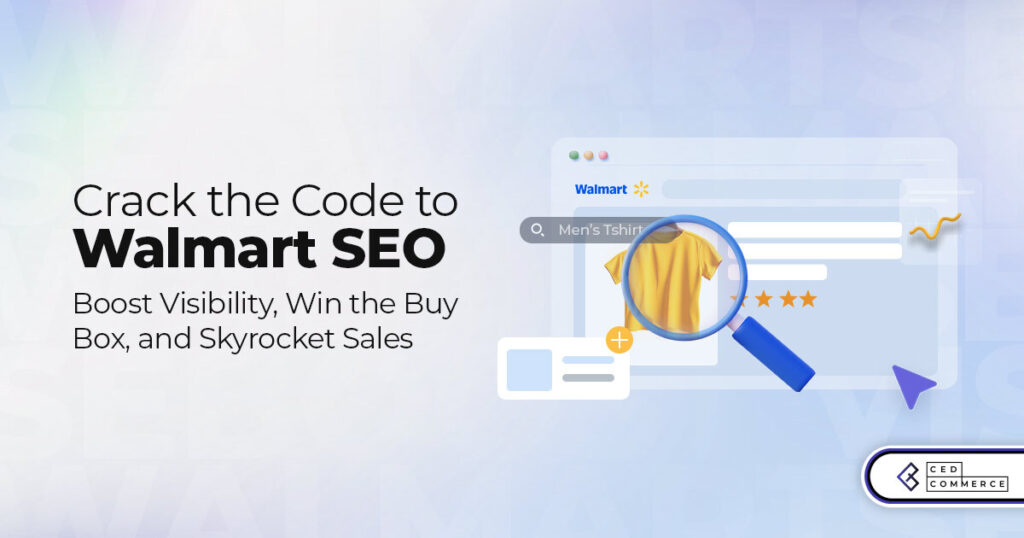
In the world of eCommerce, visibility is everything—and Walmart Marketplace is no exception. With thousands

In what comes as a major relief for TikTok and its millions of users in

In a move aimed at enhancing product quality and boosting buyer confidence, TikTok Shop has

Selling on Amazon offers immense opportunities, but one of the most crucial decisions sellers face

Amazon is doubling down on AI-driven selling tools, introducing a new AI-generated product enrichment pilot
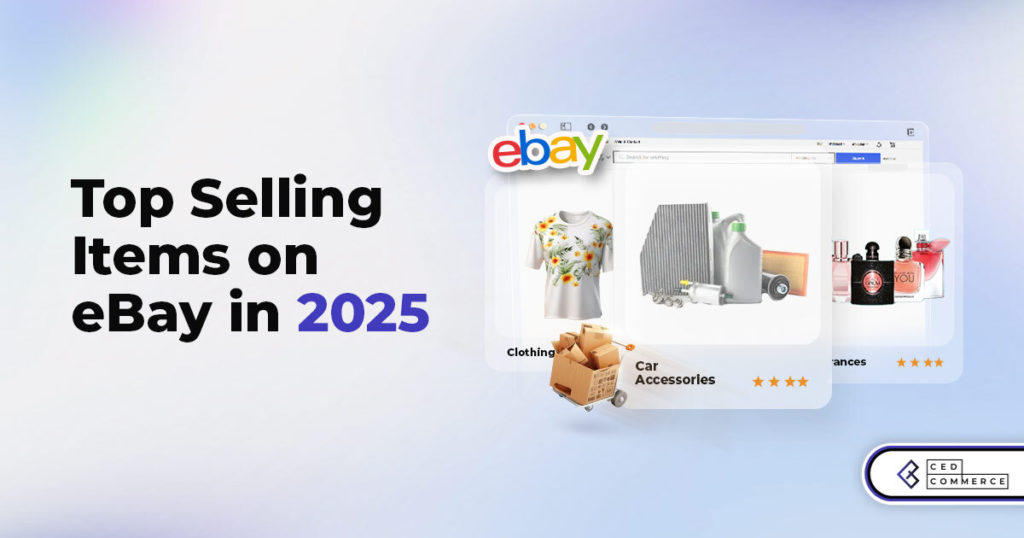
With over 17.6 million sellers on eBay marketplace, cracking the code behind the top selling

Amazon is doubling down on artificial intelligence, introducing the AI-powered ‘Interests’ feature that automatically finds
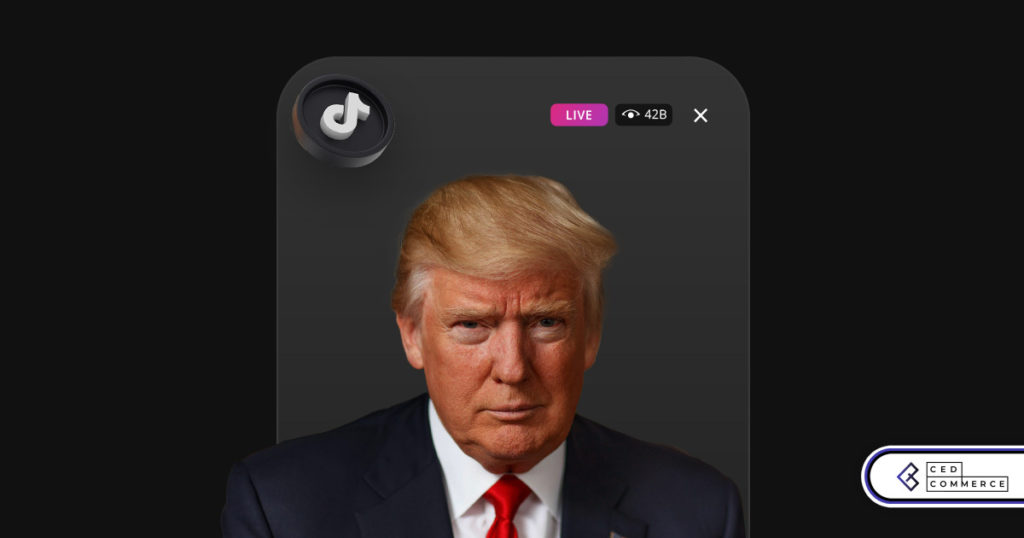
U.S. President Donald Trump has hinted that a TikTok deal is on track before the
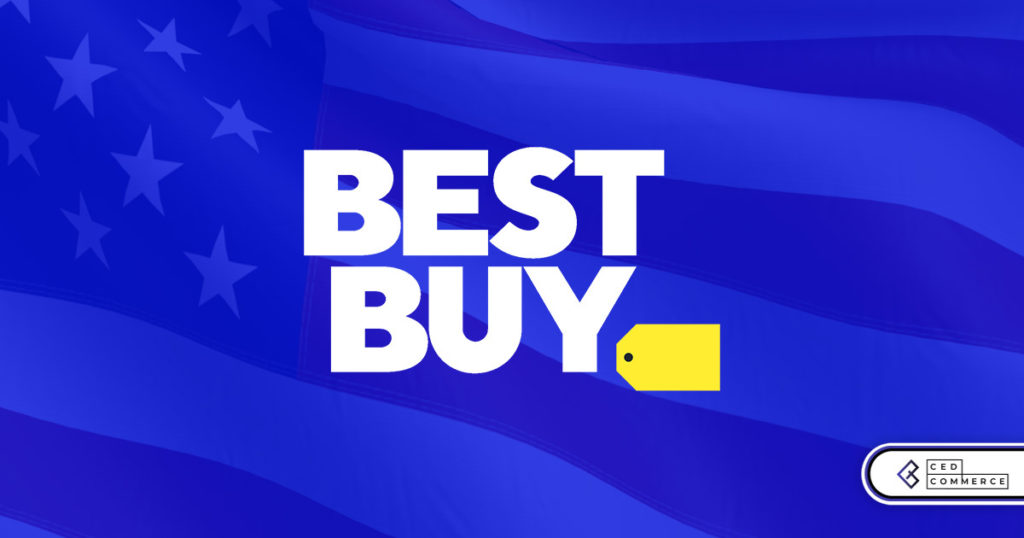
Nearly a decade after closing post its first attempt, Best Buy is returning to the

PrestaShop has long been a leading name in European eCommerce. With its flexibility, user-friendly interface,

In a significant move to improve merchant operations, Walmart has introduced “Wally,” a generative AI

TikTok Shop, the eCommerce division of the popular social media platform TikTok, is set to

Despite political scrutiny and regulatory challenges, TikTok Shop is thriving in the U.S., with American
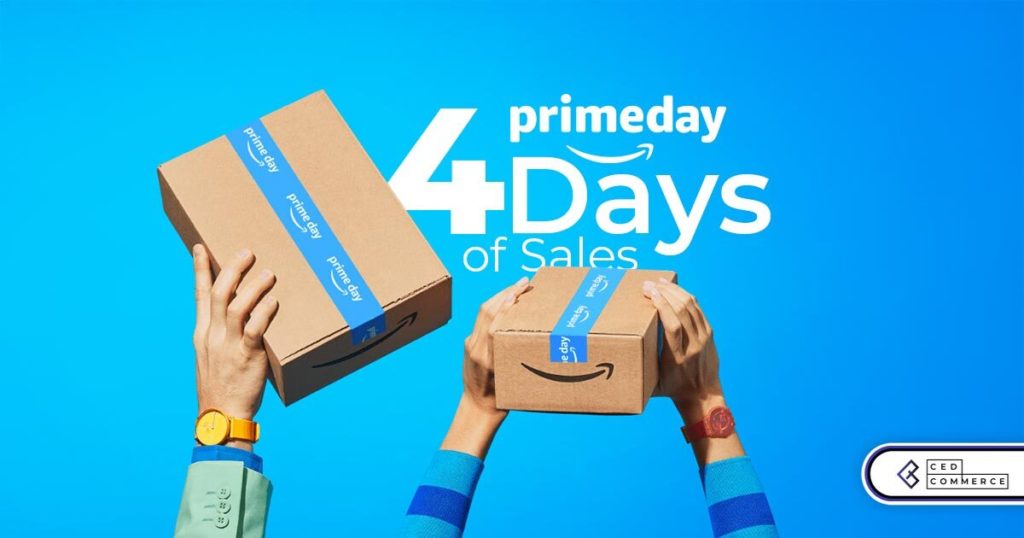
Amazon is making history by extending its flagship summer sales event to four days in